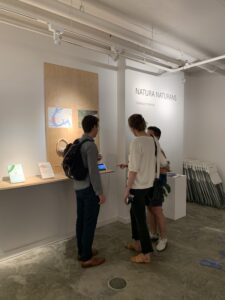Session 4: Micro / Macro Pollution
The Great Pacific Garbage Patch (GPGP) is the largest of the five offshore plastic accumulation zones in the world’s oceans. It covers an estimated surface area of 1.6 million square kilometers and its mass is estimated to weigh 80,000 tons. It is also estimated that 1.15 to 2.41 million tons of plastic are entering the ocean each year from rivers.
Many plastics break into smaller pieces and becomes microplastic pollution. Some plastic fragments are already 5 millimeters in size or less before entering the environment. What are the consequences of microplastic pollution in local and international waters?
The term space debris originally refers to the natural debris found in the solar system. However, it also describes the debris from the mass of defunct, artificially created objects in space, especially in Earth’s orbit. These include old satellites and spent rocket stages, as well as the fragments from their disintegration and collisions. In 1957, Sputnik brought to space the first pieces of space junk. In January 2019, more than 128 million bits of debris smaller than 1 cm, about 900,000 pieces of debris 1–10 cm, and around 34,000 of pieces larger than 10 cm were estimated to be in orbit around the Earth. What are the technical, economic, and legal aspects of the orbital debris?
Friday, October 25, 7:30 – 9pm
Tragedy of the Commons: Ocean Plastics & Space Junk
A conversation with NASA attorney Steven Mirmina, Oceana scientist Kimberly Warner and Oceana attorney Alicia Cate
Saturday, October 26, 2 – 4pm
Plastics in Our Local Waterways
Anacostia River Explorer Boat Tour with Anacostia Riverkeeper









